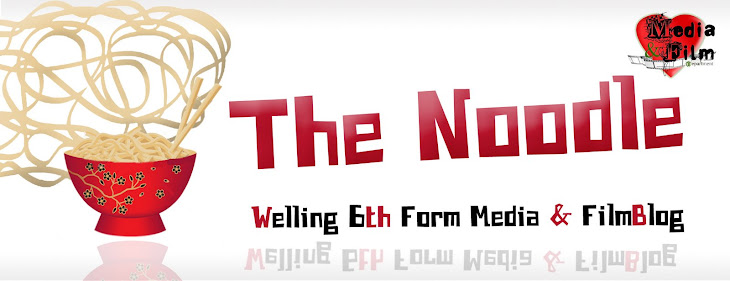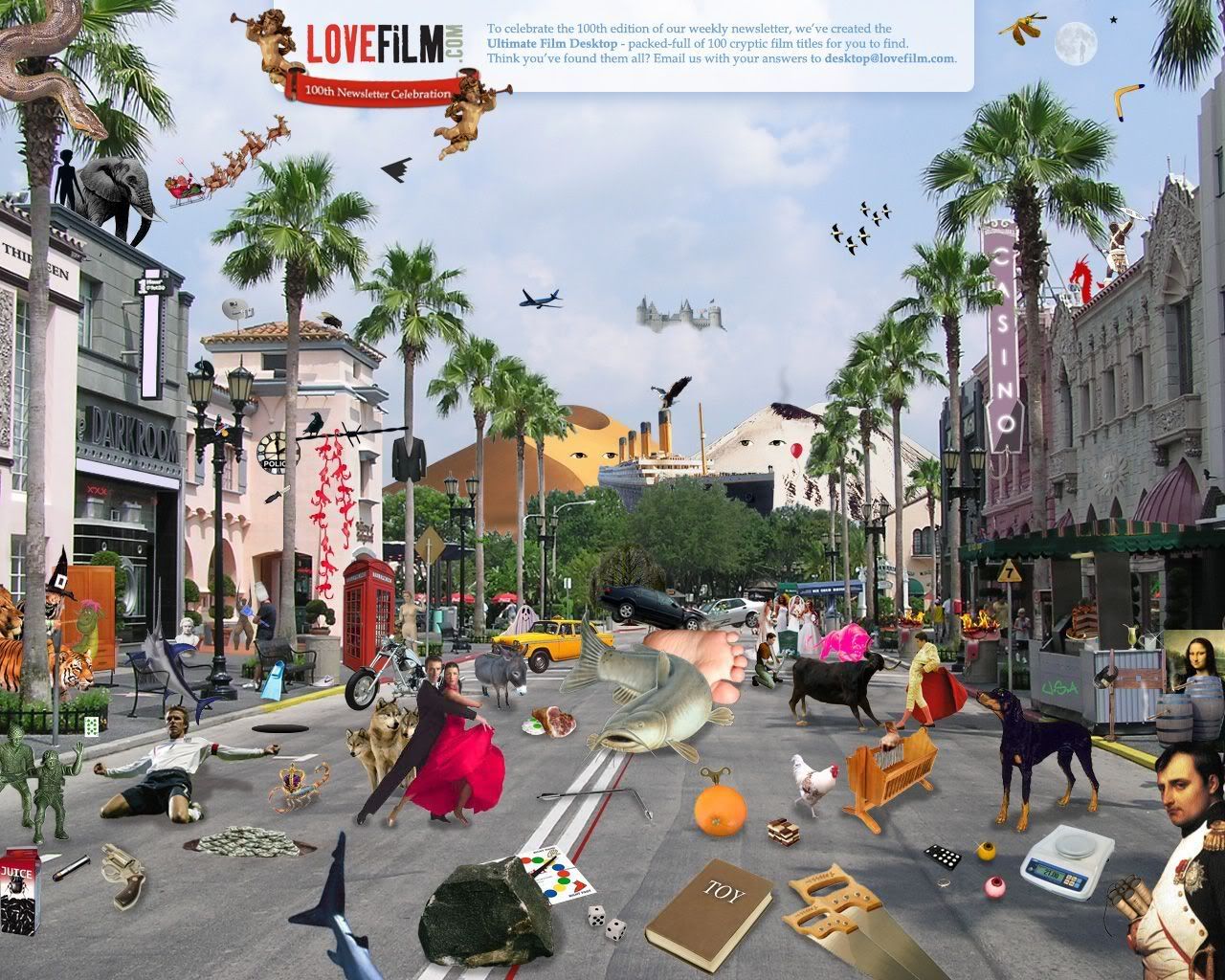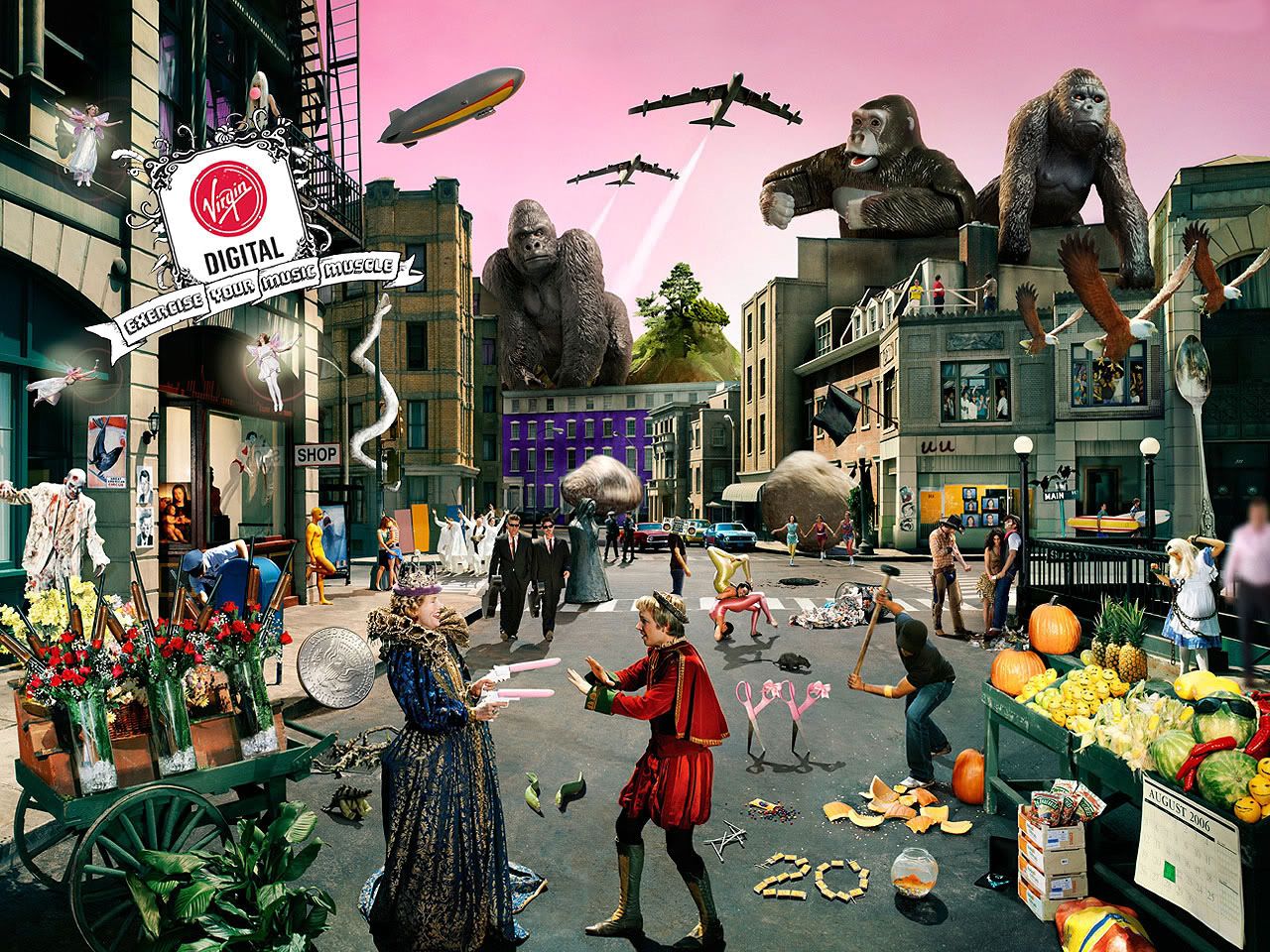Uploaded on authorSTREAM by hurtwoodhousemedia
Genre Key Concepts:
Repetition – the conventions and proven success
Difference – how these are used (& innovated on)
Organising concepts
Schatz
Difference – how these are used (& innovated on)
Organising concepts
Schatz
Genres of Order:
Issues of law, contestation over space, individualism v society, explicit conflict (violence), lone hero (masculine)
Issues of law, contestation over space, individualism v society, explicit conflict (violence), lone hero (masculine)
Genres of Integration:
Issues of belonging, contestation over status, individual differences played against social norms, implicit conflict (melodrama), couple (domestic or romantic)
HORROR
Genre of order – monsters are outside the law & must be destroyed
Can be very clearcut conventions (“rules”) & iconographies
numerous subgenres successful formulae copies – often literary models) eg vampire, zombie, slasher
Deep issues around self/other: sexuality, body, difference, compulsion, punishment, regeneration/degeneration
& strong fantasies: sadistic/masochistic, of the body
“Monsters of the Id” (Robin Wood)
Genre characterised by specific cycles - often from specific studios (Universal, Hammer), or at specific conjunctures (50s space invasion ¬ Cold War fears; 80s slashers ¬ feminism)
Testing
1. of characters (against Other)
2. of audience (against representations of horrors & explicitness of violence)
3. of realism – emphasising power of the Other, represented often through SFX
Gore
Basis of film spectatorship in voyeurism: forbidden things
(= childish aggressive, misogynistic, sadistic & dehumanising fantasies)
Coping with body changes (ie body as Other) ® teen interest
Laughter as shortcircuiting embarrassment (& masculine bonding)
Strong fan base (as often relating to non-mainstream films) – connoisseurship (secret things/cultural capital)
Issues of belonging, contestation over status, individual differences played against social norms, implicit conflict (melodrama), couple (domestic or romantic)
HORROR
Genre of order – monsters are outside the law & must be destroyed
Can be very clearcut conventions (“rules”) & iconographies
numerous subgenres successful formulae copies – often literary models) eg vampire, zombie, slasher
Deep issues around self/other: sexuality, body, difference, compulsion, punishment, regeneration/degeneration
& strong fantasies: sadistic/masochistic, of the body
“Monsters of the Id” (Robin Wood)
Genre characterised by specific cycles - often from specific studios (Universal, Hammer), or at specific conjunctures (50s space invasion ¬ Cold War fears; 80s slashers ¬ feminism)
Testing
1. of characters (against Other)
2. of audience (against representations of horrors & explicitness of violence)
3. of realism – emphasising power of the Other, represented often through SFX
Gore
Basis of film spectatorship in voyeurism: forbidden things
(= childish aggressive, misogynistic, sadistic & dehumanising fantasies)
Coping with body changes (ie body as Other) ® teen interest
Laughter as shortcircuiting embarrassment (& masculine bonding)
Strong fan base (as often relating to non-mainstream films) – connoisseurship (secret things/cultural capital)
LINKS:








No comments:
Post a Comment